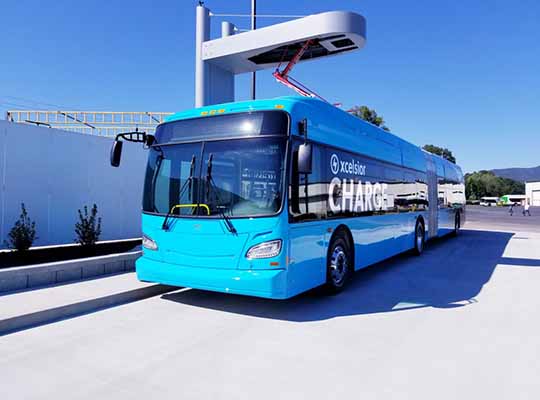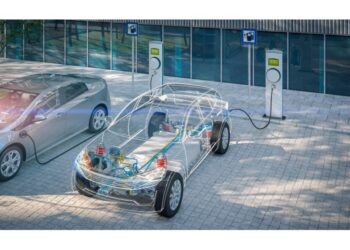NEW YORK – Research Dive has added a new report to its offering titled, “Electric Bus Charging Infrastructure Market by Charging Type (On board and Off Board), Platform (Depot and Opportunity), Opportunity (Top Down and Inverted) and Regional Analysis (North America, Europe, Asia-Pacific, and LAMEA): Global Opportunity Analysis and Industry Forecast, 2021–2028“
The Global Electric Bus Charging Infrastructure Market is predicted to generate a revenue of $5,922.2 million by 2028, growing at a CAGR of 17.7% during the forecast period (2021-2028). The report offers all-inclusive insights into the present condition and future scope of the industry by keenly scrutinizing market drivers and restraints, opportunities, major segments, and regions.
Electric Bus Charging Infrastructure Market Dynamics
Increasing restrictions by the government on carbon footprint levels in vehicles due to the rising air pollution has surged the demand for electric public transportation. In addition, reduction in the battery pack pricing used in electric buses is further expected to drive the growth of the market. Moreover, technological developments in the global electric bus charging infrastructure market are expected to create massive opportunities in the future. For instance, it is anticipated that new enhanced trucks and buses will be introduced by 2030 which will consequently reduce the carbon dioxide emission by 30%. This factor is predicted to create massive opportunities for the global electric bus charging infrastructure market in the future. However, huge amount of money is required to set up an electric bus charging infrastructure. There is also a limited reach of charging stations around the world. These factors impede the growth of the market.
Impact of COVID-19 Pandemic on the Electric Bus Charging Infrastructure Market
The outbreak of COVID-19 has significantly impacted the growth of the global electric bus charging infrastructure market in a slightly negative way due to the lockdowns imposed in various countries. This caused large-scale disruption in the industrial operations. Moreover, trade restrictions imposed by the governments curbed the availability of raw materials, which adversely affected the development of charging infrastructure.
Segments of the Market
The report has divided the market into different segments based on charging type, platform, and regional outlook.
- By charging type, the off-board sub-segment is expected to generate a revenue of $3,374.1 million by 2028. Off-board direct current (DC) charger provides a much greater kilowatts of power than alternating current (AC) chargers. It also provides an efficient battery management system. These factors are anticipated to drive the growth of the sub-segment.
- By platform, the opportunity sub-segment is predicted to generate a revenue of $2,855.2 million by 2028, increasing from $714.6 million back in 2020 during the forecast period. Opportunity charging is a rapid charging technique that ensures smooth movement of buses every-day with a substantial number of passengers without any need for adjusting the schedule for charging. These factors are expected to bolster the growth of the sub-segment.
- By regional outlook, the Asia-Pacific region is predicted to dominate the market and is expected to generate a revenue of $2,807.1 million during the forecast period. Increasing adoption of electric vehicles is expected to accelerate the growth of electric bus charging infrastructure market in the region.
Top 10 Key Players of the Electric Bus Charging Infrastructure Market and Their Recent Developments
- Proterra
- ABB Ltd.
- Heliox
- Alstom SA
- Nuvve Corporation
- BYD Auto Co. Ltd.
- Furrer + Frey AG
- ChargePoint Inc.
- Liikennevirta Oy
- Efacec
These players are working on developing strategies such as product development, merger and acquisition, partnerships and collaborations to sustain the market growth.
For instance, in March 2021, Nuvve Holding Corp., a provider of charging and grid services and Spirii, a provider of charging solutions for e-vehicles, collaborated in order to implement vehicle-grid integration (VGI) technology.
Further, the report also summarizes many important aspects including financial performance of the key players, SWOT analysis, product portfolio, and latest strategic developments













